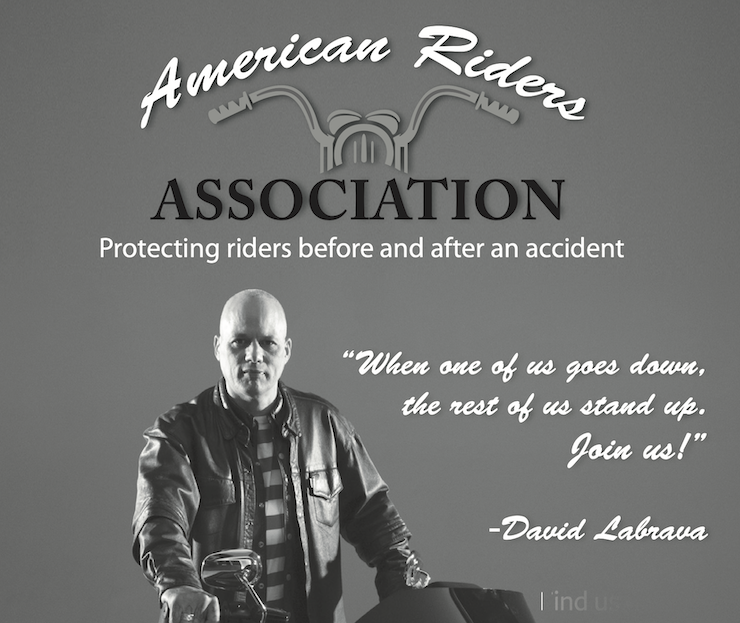With Memorial Day rolling in and the engines rumbling for summer rides or weekend getaways, any road warrior who’s burned rubber across America’s highways has seen ’em—those white crosses and custom markers standing guard on the shoulder. These roadside memorials are everywhere, from sunbaked desert stretches to gritty city corners, marking the exact spot where someone’s last ride came to a sudden, brutal end. Unlike a tombstone that watches over the dead, these markers honor the final breath, the last heartbeat, the place where someone’s life got ripped away, usually by a wreck, a mistake, or someone else’s recklessness.
Roadside memorials have deep roots—older than engines, older than asphalt. We’re talking prehistoric traders in Central Europe burying their dead along the old flint trails. Over in England, you’ll find weathered stone crosses still standing from as far back as 1290, marking where lives were lost to tragedy or violence. Across centuries and continents, folks have always marked the spot where the living met the end of the line.
Here in the States, the surge of spontaneous roadside shrines is a newer twist, but it’s got old bones. The tradition traces back to early Hispanic settlers in the Southwest, who placed stones where pallbearers rested on the walk from church to cemetery—those resting places were called descansos. Fast forward to the 1940s, and Arizona State Highway Patrol started dropping white crosses at fatal crash sites. That legacy evolved into what we now see—custom shrines, full of raw emotion and personal touch, some even calling it modern-day folk art. Others? They call it visual clutter, or worse, a hazard.
Across the U.S., roadside memorials ride a legal gray line. Some states outlaw ’em outright, but most just look the other way, letting grief ride shotgun for a while. Take Akron, Ohio—they’ll let you lay one down, but only for 45 days after you’re told it’s gotta go. After that, the city bags it up, tags it, and stashes it for a couple weeks in case the family wants to grab the gear. Only 23 states even bother to have official policies, and nearly half of those want paperwork before they’ll play ball. Hardcore states like Colorado, Kentucky, Massachusetts, and Wisconsin say no way to roadside shrines, while places like Florida and Washington only allow the state-sanctioned kind. Some, like Wyoming—where school kids designed the official memorial sign—at least give you something personal. Alaska and West Virginia actually encourage these tributes, and states like Utah and Illinois get creative with “green memorials”—planting trees or wildflowers instead of letting plastic flowers fade in the sun. A few states, like Alaska, Florida, and Wyoming, will even put up a memorial sign for free, but others make you cough up cash to mourn your way.
Here in Ohio, the law’s pretty clear—according to Revised Code 5589.33, you can’t just drop anything in the state’s right-of-way if it messes with visibility. The suits at the Department of Transportation are sworn to keep the roads safe and clean, which means they’ve got the power to yank anything that’s dangerous, distracting, or flat-out illegal. But here’s the kicker— enforcement? It’s hit or miss. ODOT tends to look the other way if your memorial stays outta the way and doesn’t screw up mowing or maintenance.
Now, if you want to honor a fallen rider the official way, Ohio’s got an option that rides the line: the Adopt-A-Highway program. At least five states do it, and Ohio’s on the list. You and your
crew can claim a two-mile stretch of road—state route, U.S. route, or even a chunk of the interstate—and keep it clean in honor of someone who laid it down. ODOT’ll throw up a sign at both ends of the adopted section, and if you’re doing it in memory of a lost soul, you might just get their name on it. They’ll even gear you up with training, trash bags, and some throwaway safety vests. It ain’t a shrine, but it’s a damn fine way to ride for remembrance.
It’s no mystery why folks want to mark the spot where a loved one’s ride came to an end. It’s not just about grief—it’s about memory, meaning, and making damn sure the world doesn’t forget what happened there. Here in Ohio, at least, there’s some give-and-take. The state knows these memorials hit deep, and they try to strike a balance so no one’s forced to choose between the law and the loss.
But let’s be real—the real tragedy isn’t the cross in the ground, it’s the fact that most of these deaths didn’t have to happen. So many crashes could’ve been avoided if someone had just made one better decision that day. And when it comes to motorcycles, it’s even clearer—bikers ride exposed, and they depend on everyone out there to have their head in the game. We say it all the time: don’t text and drive, don’t mess with your phone, don’t get behind the wheel lit or lazy. But too many don’t listen… until it’s too late.
Every roadside cross out there? It’s not just a marker—it’s a message. Each one tells a story, and yeah, they’re all different. But they all scream the same warning: Drive smart. Stay sharp. Don’t be the next name on the shoulder.











